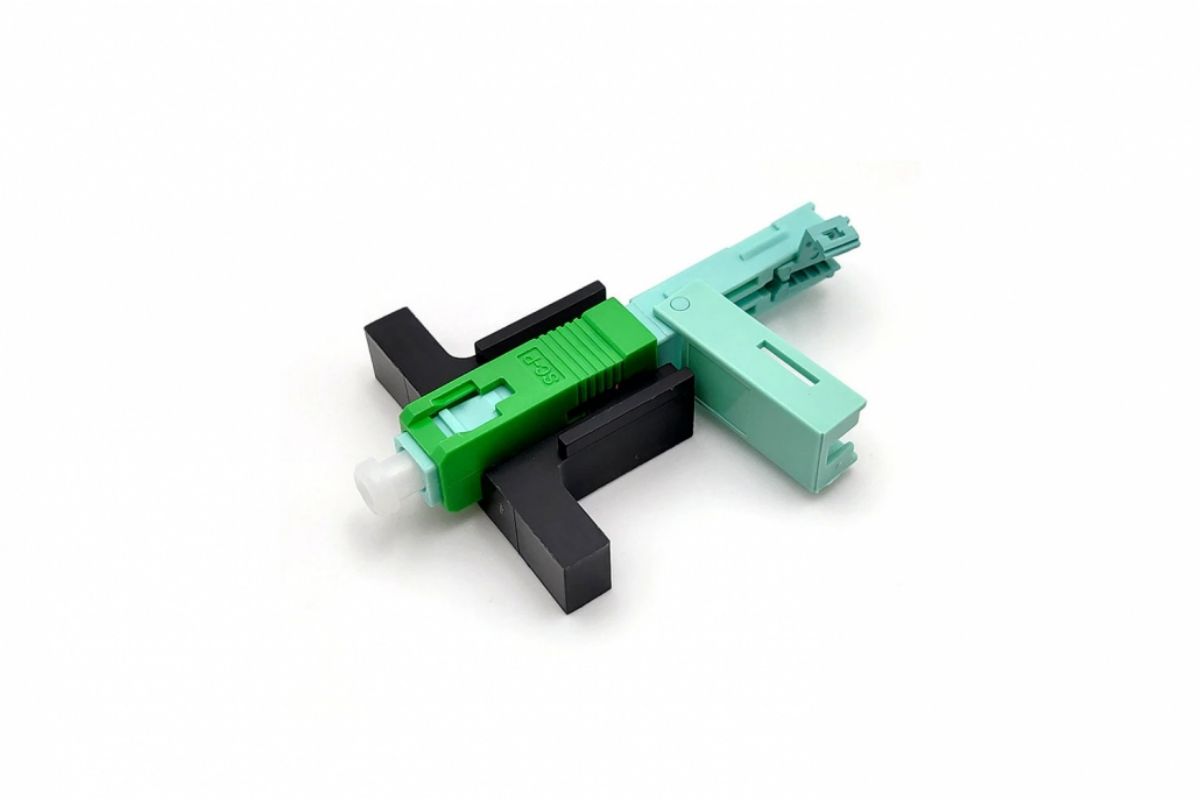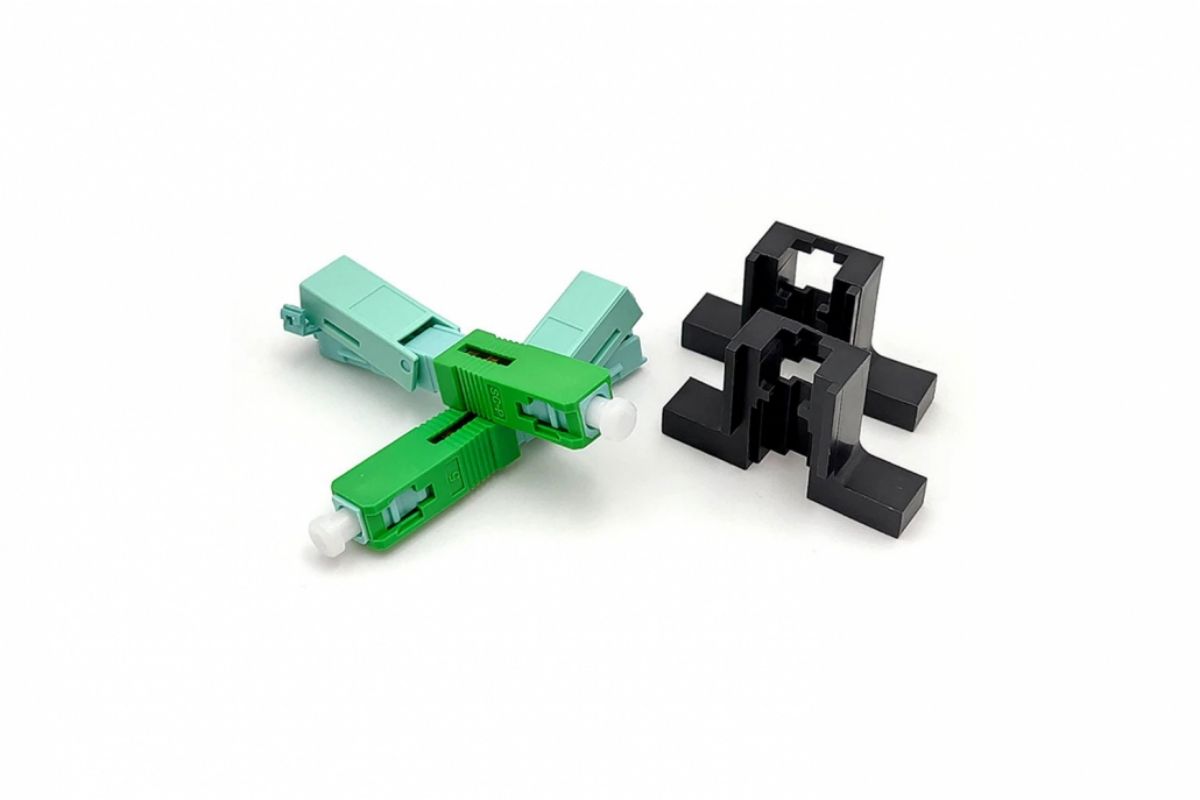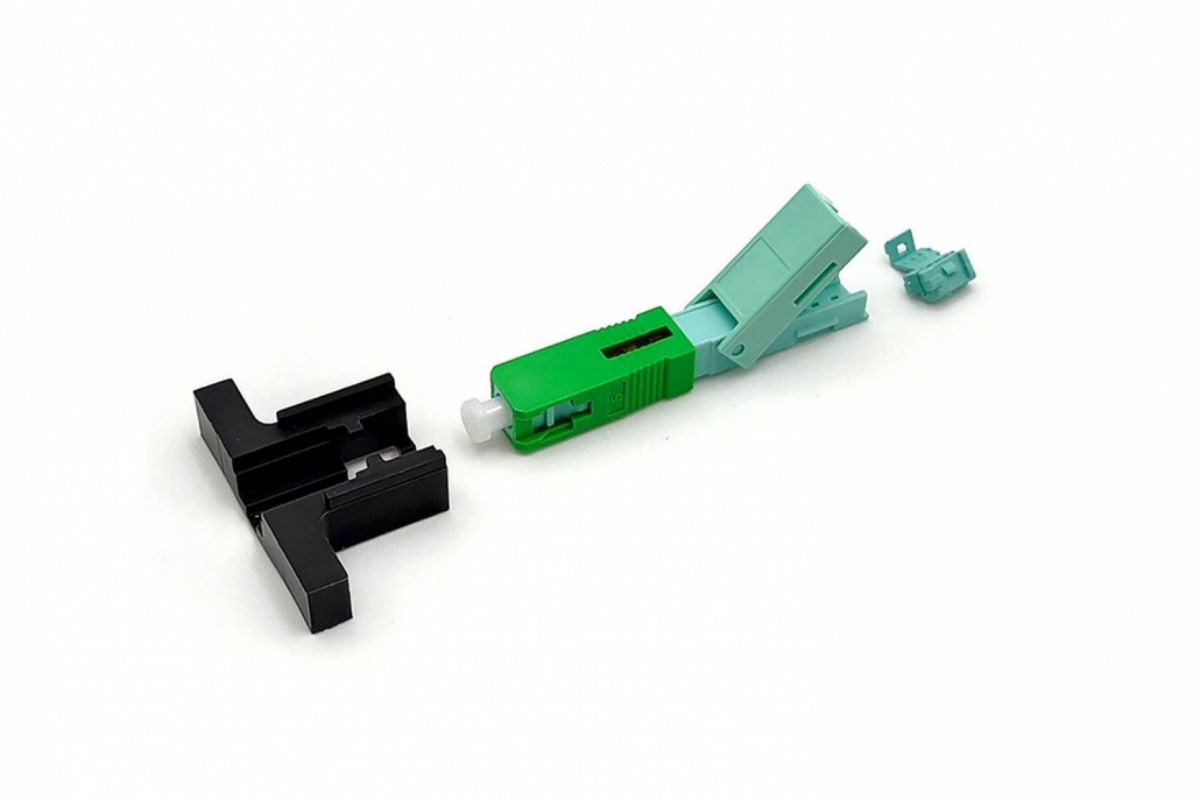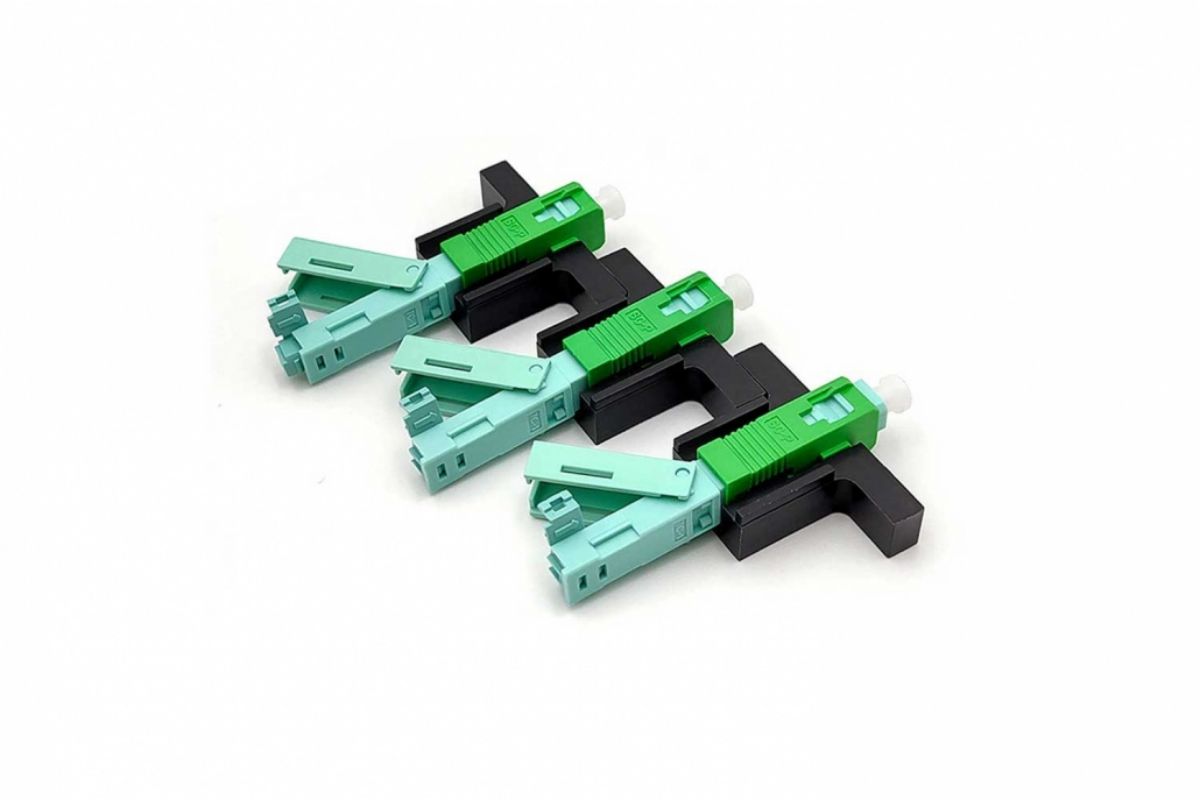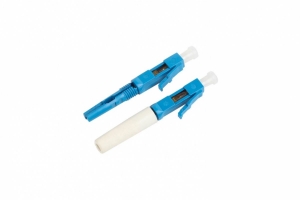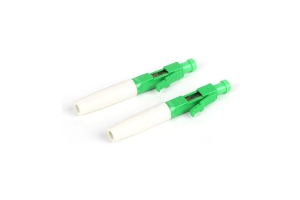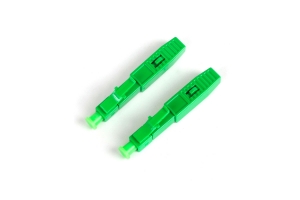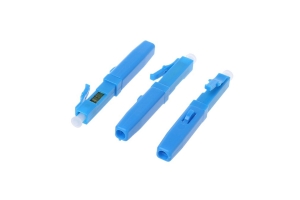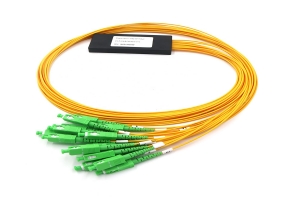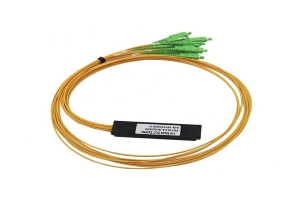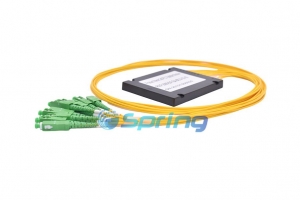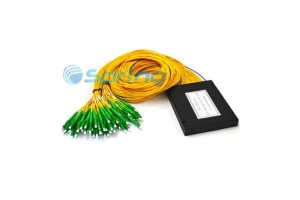Interconnection of two mated fibers occurs inside the ferrule hole, providing precise fiber alignment (patent-design)
The ferrule hole with a accuracy of 1.0um controls both the embedded fiber and the coming fiber and ensures the interconnection of the two fibers.
Interconnection inside the ferrule hole – Strong adaptability for different OD of fibers
In the event of deviation between different diameters of the embedded fiber(D1) and the coming fiber(D2), and both in the same capillary hole, there is a clear advantage to C slot design; the mis-alignment distance shall be a maximum less than(D1-D2)/2. While using the V-groove alignment, it is equal or more than D1-D2.
Ceramic material has excellent compatibility with the glass fiber and low thermal expansion coefficient-over a wide operation range:–40℃~+85℃
Ceramic material assures low insertion loss change value under 0.1dB during the tests of high temperature test, low temperature test and high-low temperature cycling test.
Ceramic material has a distinctive advantage—Ceramic is more rigid and will not deform at the fiber interconnection point.
As ceramic material has better tensile strength than plastic material, when Fibers interconnected inside the ferrule hole, it ensures the fiber interconnection point is not easy to deform.
Ceramic material has good performance—long life-time
Ceramic ferrules pass “Pressure Cooker Test” and “-85℃~+85℃ test” etc. And the ferrules still meet or exceed the ferrule hole roughness, flatness and precision interconnection requirements due to the clean and non-deformed ceramic ferrule hole after the tests.
The Field Mountable Fiber Optic Connector is easy to be assembled by using a special fixed-length fiber-cut-off jig. Fiber insertion loss is smooth with a high field-assembly yield as the ferrule entry funnel easily guides the fiber forward.

